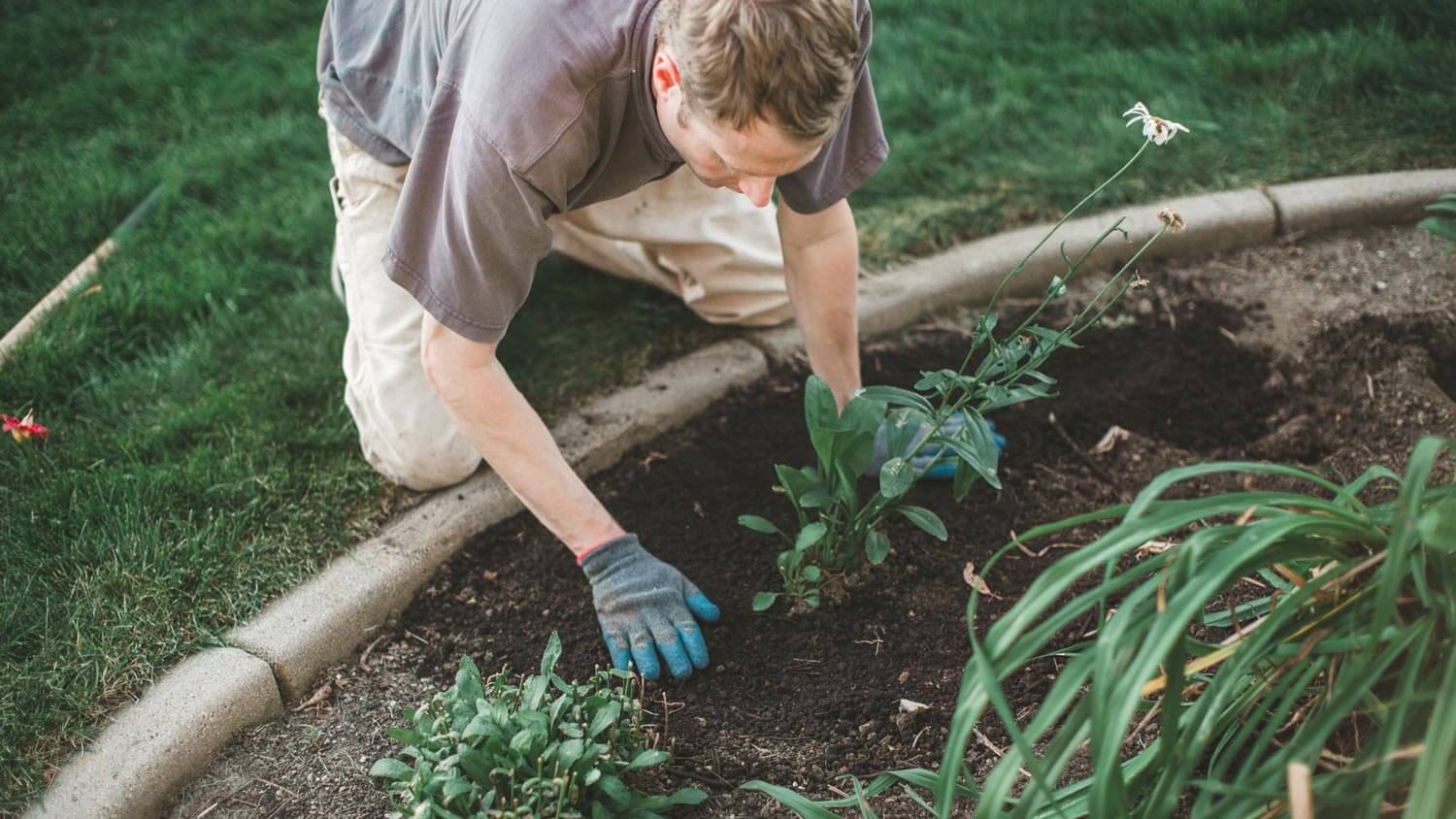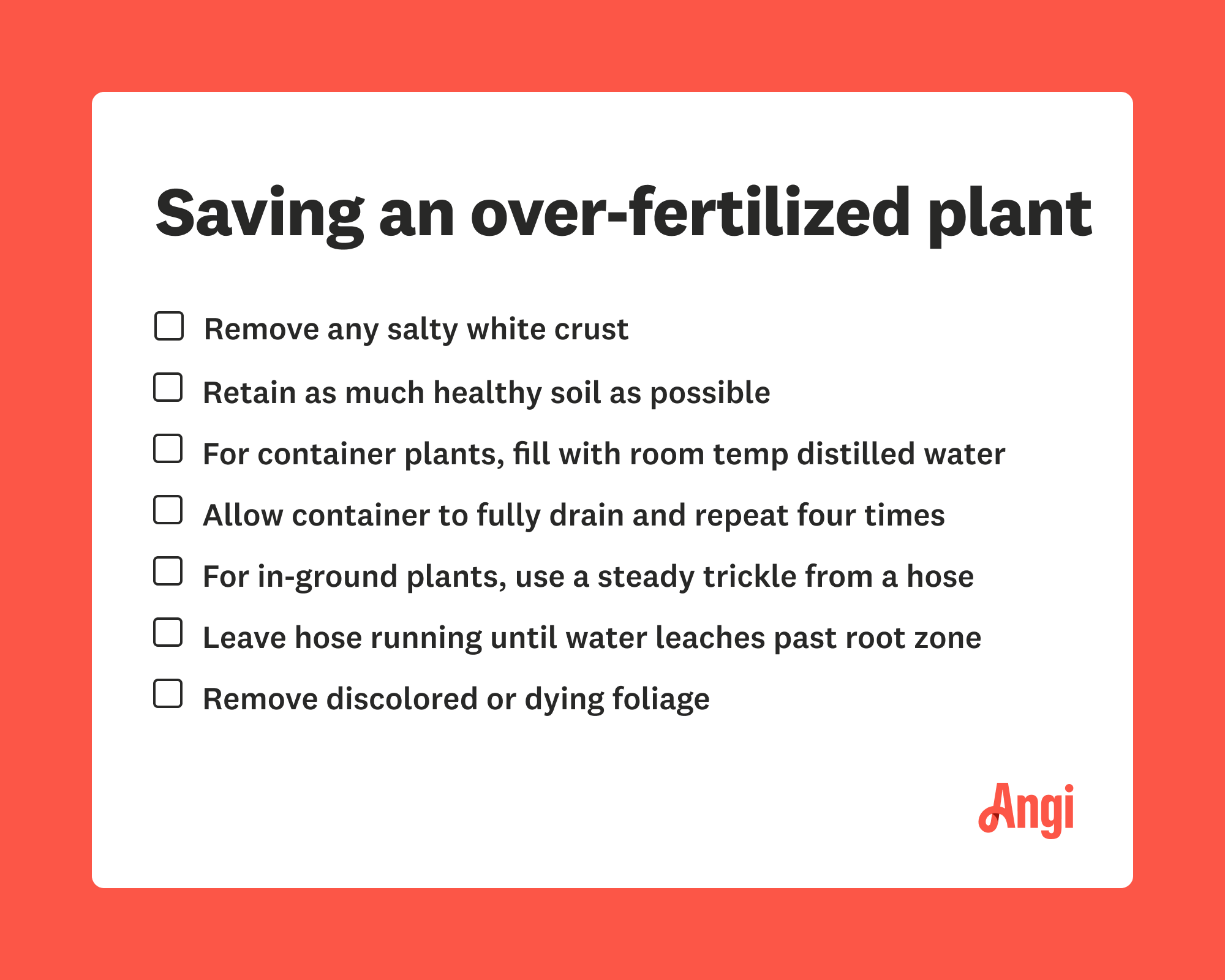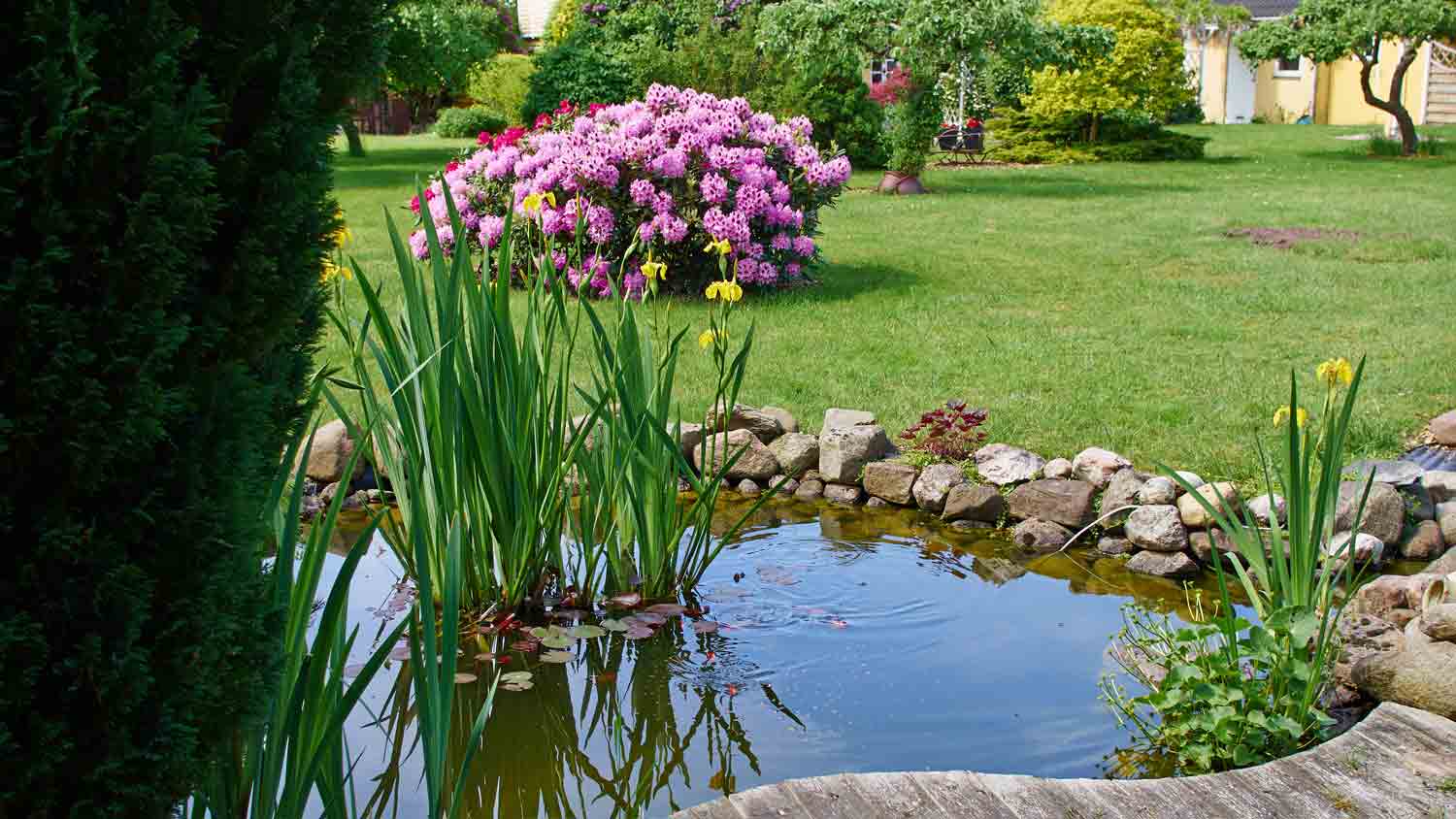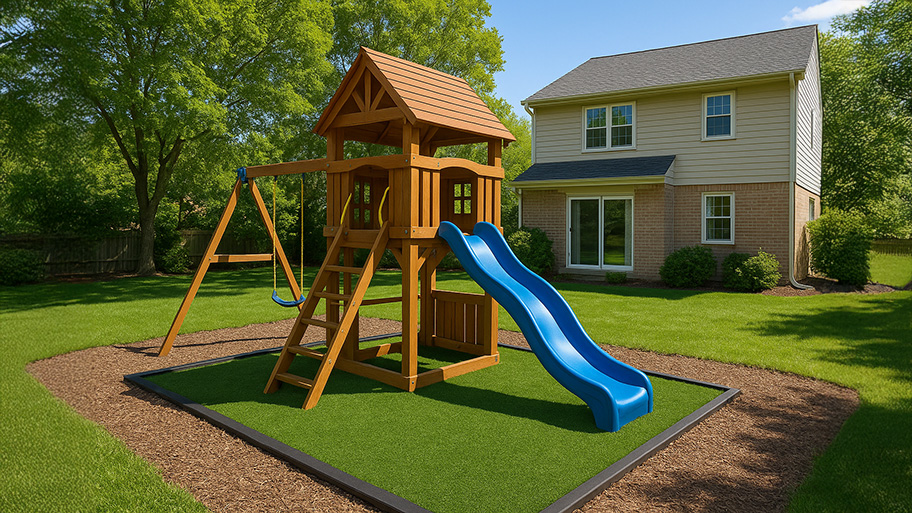
Landscape curbing can really improve the look of a yard, but at what cost? Find out how much it costs and the different ways you can do it
Follow these pro tips to land the perfect landscape


If you’ve been dreaming of improving your landscape, it’s time to make it a reality. Before you can do that, though, you’ll need to plan properly. Whether you’re a green-thumbed DIY enthusiast or a garden lover budgeting for professional landscaping design costs, here are some tips to consider before you get down in the dirt.
Properly researching and preparing is one of those landscaping tips that can’t be overstated. Different plants all have different sunlight, climate, and fertilization needs. Not to mention that prices cover a wide scope, so you’ll need to plan ahead and prioritize if you’re on a budget.
Every good landscaping idea starts with a plan. Grab a notebook and create a list of plants and where you’d like them to go. If you’re new to landscape design, start with a focal point and work outward.
While you’re planning, research spacing requirements so you know how many to plant without overcrowding. If you’re adding any trees or shrubs, account for their full-size growth and be sure you have the space to accommodate.
Adding native plants to your landscape design will help you create a beautiful yet low-maintenance outdoor space. Since these plants thrive in your natural climate, they’ll create healthy and strong fillers with minimal upkeep.

Unless you’re looking forward to a sunny season spent entirely in your backyard, realistically consider the maintenance needs of your landscape before you commit. Hedges and shrubs will need trimming, while certain flowers and vegetables can be pretty needy.
Take a hard look at your schedule and decide whether you will have time to provide the extra care. If not, will regular visits from a landscaping company fit into your budget? If the answer is none of the above, look for low-maintenance perennials, succulents, and drought-tolerant plants that will be easier to manage (but still beautiful all the same).
Healthy plants come from healthy soil, so make sure you’re providing a solid foundation for your landscape. Paying for dirt isn’t the most fun way to spend your money, but it’s an investment that will help your gardens flourish.
Look for nutrient-rich garden soil or prepare your own compost to give your plants a healthy start for the season. Supplement with mulch to hold in moisture, block out weeds, and add more nutrients to the soil.
Some level of symmetry can provide a sense of cohesiveness, but laying down a perfectly symmetrical blueprint can be severely limiting. Substitutions for color, or for other plants that share similar characteristics, can keep flower beds from becoming stifled and mundane. Patterns are important, but variety is the spice of life.
Fertilizers are full of nourishing ingredients, but an overly hefty dose will do more harm than good. This causes fertilizer burn, a condition that comes from an unhealthy spike in the soil’s salt and nitrogen levels. Unfortunately, this stresses out the plant and often kills it.
You’ll notice brown or yellow dead patches and sometimes a white crust formed from the excess salt. You may still be able to save the plant if it’s not too far gone—however, it will take a long time before the plant returns to its former glory.

To avoid potential tragedy, be sure to read the label on your fertilizer and follow instructions carefully. If you’re fertilizing your garden, know the needs of your specific plants and purchase accordingly.
In the spirit of frugality, it’s easy to get overly ambitious with your DIY projects. Before you fill your trolley with trees, shrubs, and flowers at your local garden center, consider whether you’ll be able to dig and plant everything yourself. If not, line up a gardening buddy or get in touch with a landscaping company to help you make your vision a reality.
From average costs to expert advice, get all the answers you need to get your job done.

Landscape curbing can really improve the look of a yard, but at what cost? Find out how much it costs and the different ways you can do it

Leveling your yard can help with drainage and prevent damage to your home. Learn the cost to level a yard and what factors can affect the price.

The cost to remove a boulder depends on the size, location, and equipment needed. Learn the average boulder removal cost and how to save money on removal.

When building a pond, you’ll have to choose a pond liner, which come in various materials and sizes. So, what size pond liner do you need? Let’s break it down.

Artificial grass can enhance your home’s curb appeal with very little upkeep. Learn how to choose the artificial grass that’s right for your yard.

While it’s possible to DIY build a retaining wall, several pros have advanced knowledge of hardscaping and building. Learn who to hire to build a retaining wall.